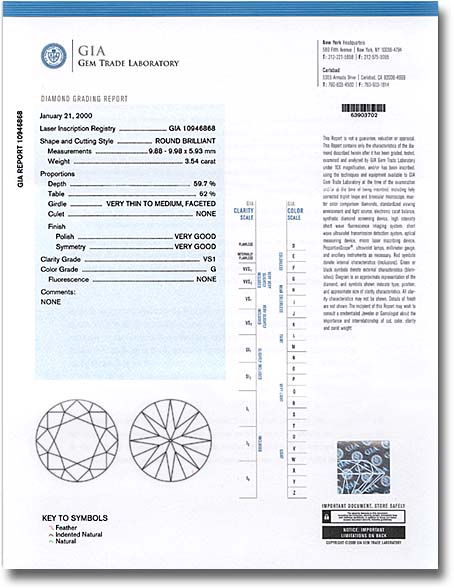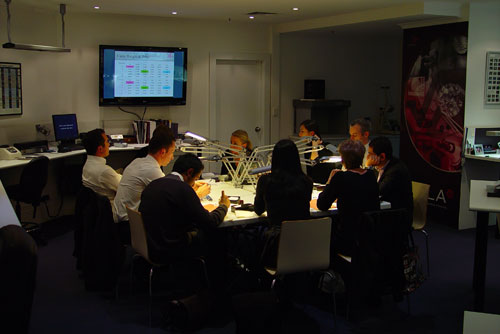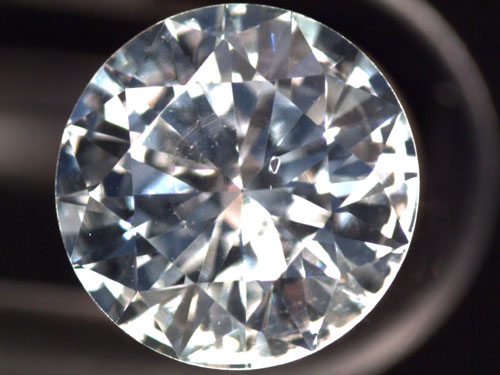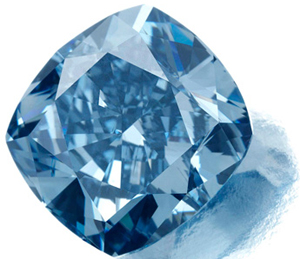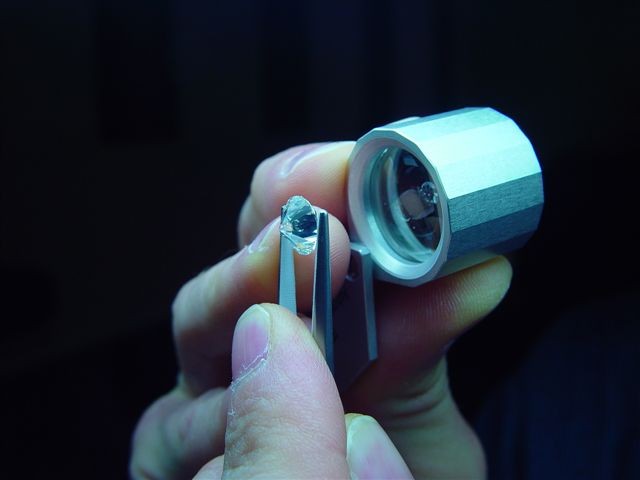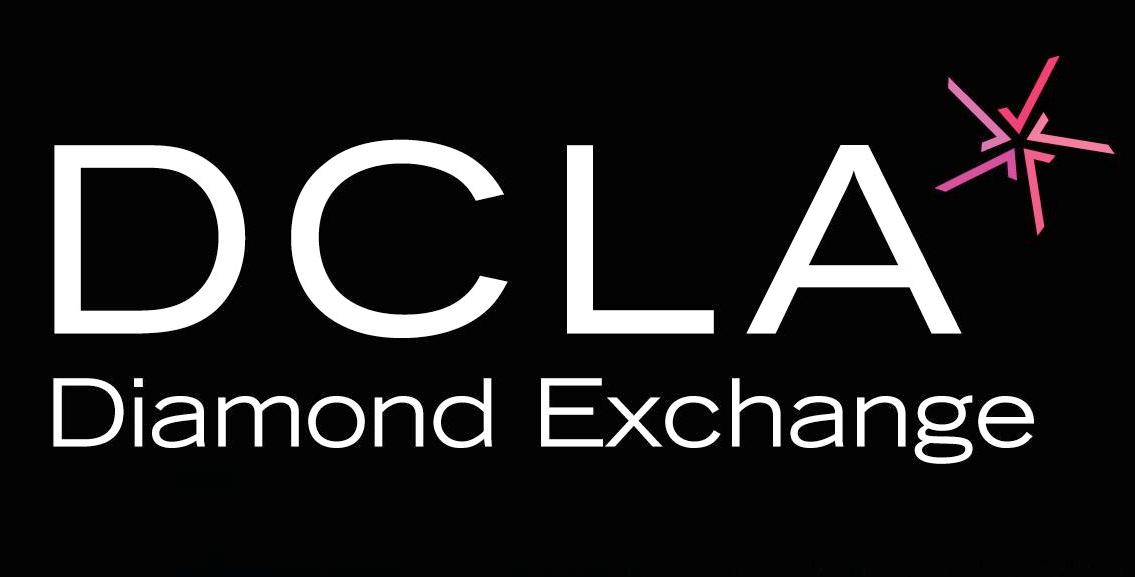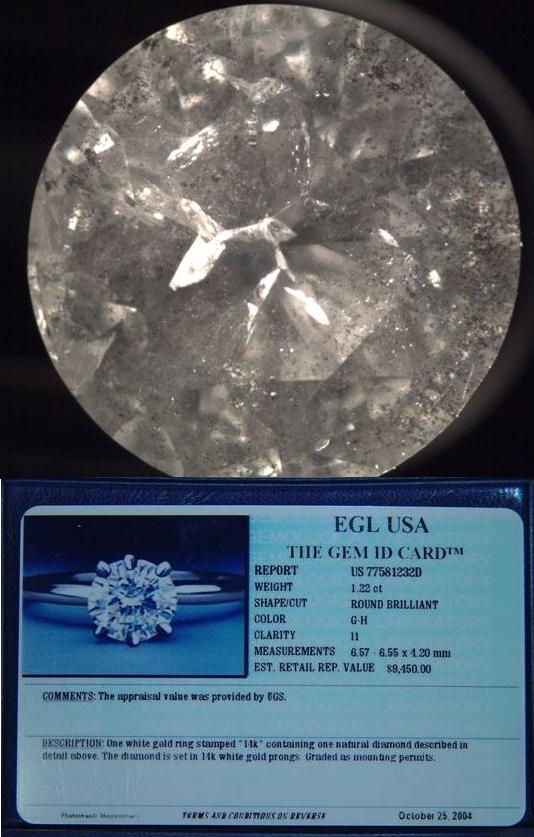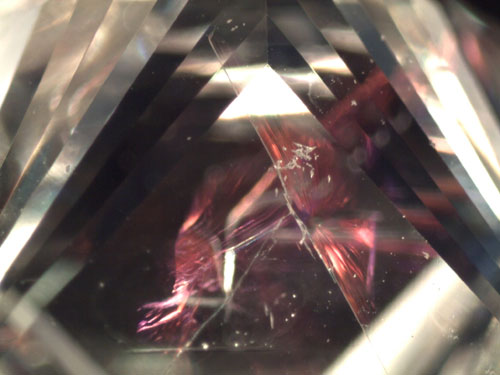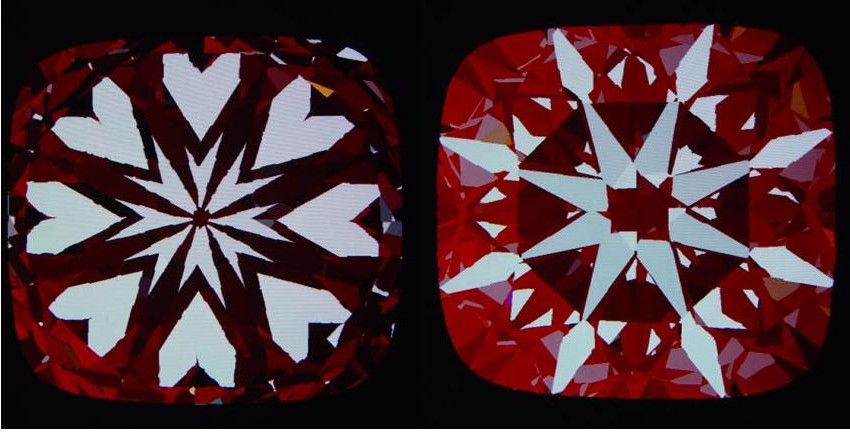Does buying diamonds on the internet offer huge savings? Is it safe? Why does it appear so much cheaper?
The internet has become saturated with online diamond retailers promising unparalleled quality, selection and low prices. But has this been a positive development for consumers and the diamond industry in general? Opinions are clearly divided.
Whilst there are some genuine online retailers providing real value, regrettably the net has become the perfect avenue for selling the “leftovers”. What does this mean?
Through the traditional distribution channel in the trade, reputable diamond merchants and jewellers scrutinise, select and buy the diamonds they sell. This process ensures you as the ultimate buyer get a correctly graded diamond. With most internet retailers, a list of diamonds is received from overseas suppliers and listed on the site. These retailers do not sight the diamonds until you have bought and paid for them. Buying from these online retailers, you are not seeing and buying the diamond, you are relying on the information and advice provided by online-sellers commonly referred to as drop shippers, who haven’t seen the diamonds themselves much less paid for them.
While the internet has brought convenience, increased selection and greater competition, it has also provided the perfect vehicle for selling these “leftovers” – over graded and therefore over valued as well as treated diamonds, some with overseas certificates to lend credibility, that cannot be sold through the accountable traditional channels. Although these diamonds are listed for sale at seemingly fantastically low prices, generally one fact remains true: you get what you pay for. There have been many instances where consumers who have bought diamonds online come in to the lab for verification, only to find they have not received the quality represented.
Remember: Low price doesn’t necessarily mean a good deal.
Both the Government and the Industry bodies are aware of, and looking into these issues, but do not know how to, or even if it is possible to police.
Tips for Safely Buying a Diamond Online
1. Buy from an Australian-based website that has a clear money-back return policy. Buying locally, you have recourse if anything is wrong or if you are not happy with your purchase.
2. In Australia only buy a DCLA-certified diamond. DCLA is the only internationally recognised lab inAustralia, and the only lab worldwide guaranteeing that the stated quality of a DCLA certified diamond is accurate, with a third-party full-replacement Diamond Grading Guarantee. Since the grading is guaranteed, you know you’re comparing apples with apples when comparing DCLA certified diamonds to buy – you can decide on your desired quality then shop around for the best price.
Common Online Buying Issues to be Aware of
BAIT AND SWITCH
Thousands of diamonds listed, little or no diamonds physically in stock or available. We call these “ghost diamonds”. Too often when an enquiry is made, that particular diamond is not available and an alternative is offered.This is an old trick – a diamond is listed at a great price, making real jewellers look expensive, but when you want to buy it it’s not available. You will often see terms like “subject to availability” and “Your money will be refunded if we happen to miss the diamond”. “If you wish, we will find a suitable replacement.”
What should you do? Ask if the diamond is in stock and available for you to view. If not, shop elsewhere.
DROP SHIPPING
Many online sellers simply list diamonds from overseas suppliers that they have never seen before. Once you, the customer, buy and pay for the diamond, it is then imported into Australia.
What should you do? Ask. Is the diamond available to view before you buy it? If not, shop elsewhere.
EXAGGERATED GRADES
Many diamonds listed on the net are either not certified or have “in house” reports or valuations allowing grades to be exaggerated and treatments to be hidden.
What should you do? Only accept a certificate from a respected independent diamond grading lab and make sure the diamond is laser inscribed for identification. This helps ensure that you receive the diamond you bought and paid for. Only compare prices of diamonds with proper certificates. Don’t be fooled by official-looking certificates or valuations from local "gemmologists". They are probably not independent and exaggerate the grades to make the prices look good.
If you would like help finding your diamond, or have further questions, please contact us on 1300 66 3252 (DCLA) and we will be happy to assist.

